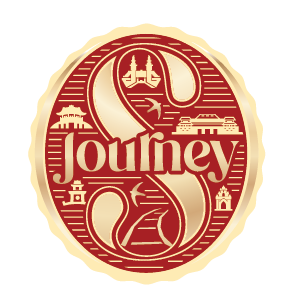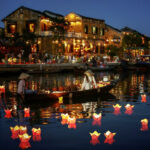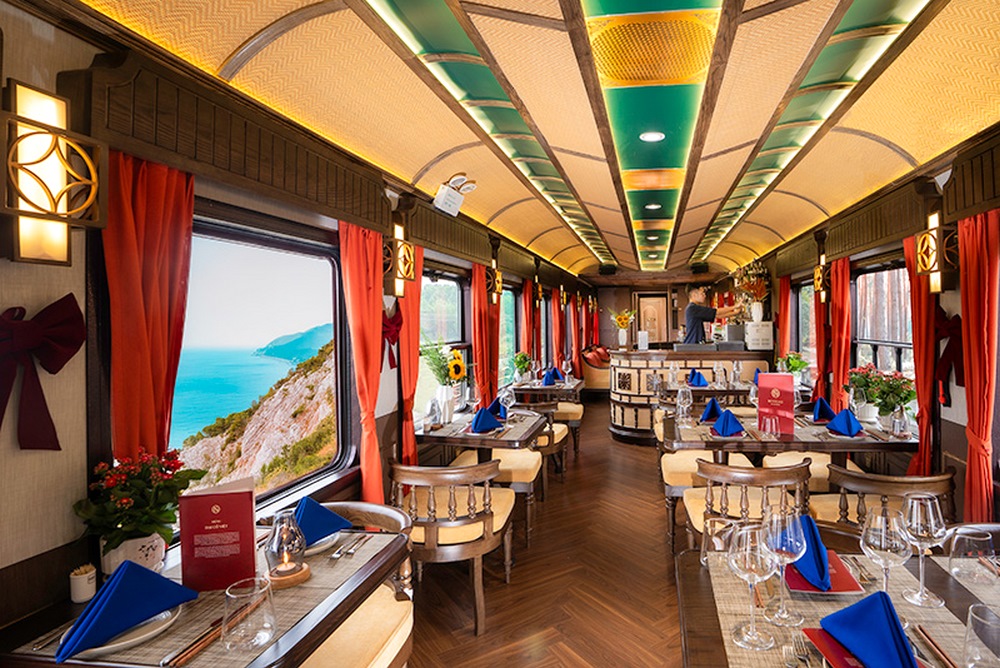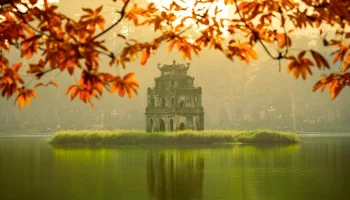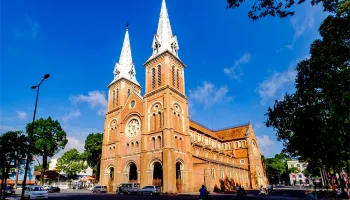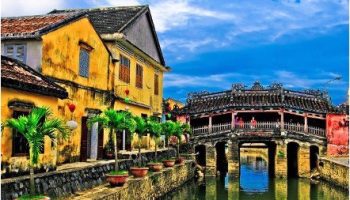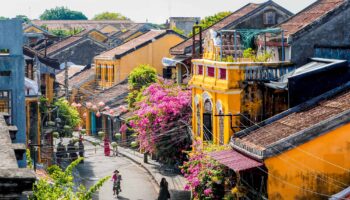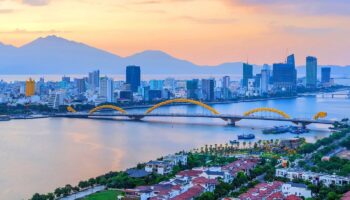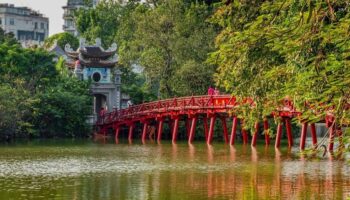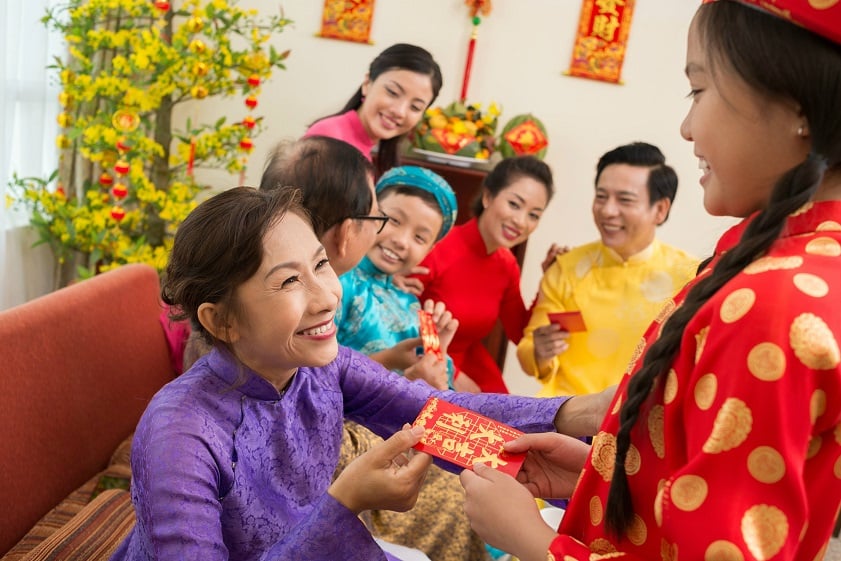
How Vietnam Celebrates Tet: A Deep Dive into Lunar New Year Traditions
If you’ve ever wondered how Vietnam celebrates Tet, you’re in for a cultural treat. Tet, or Tết Nguyên Đán, is the Vietnamese Lunar New Year, and it’s far more than just a holiday—it’s the heartbeat of Vietnamese culture. In this comprehensive guide, we’ll explore how Vietnam celebrates Tet, from the meticulous preparations to the joyous rituals and everything in between. Whether you’re planning a trip to Vietnam during this time or simply curious about how Tet is celebrated in Vietnam, we’ll cover the key traditions, foods, and tips to help you understand and appreciate this pivotal event.
Table of Contents
ToggleBefore the New Year: Preparations for Renewal and Prosperity
The lead-up to Tet is a time of intense activity, where families across Vietnam engage in rituals designed to cleanse the old and welcome the new. These preparations, often starting weeks in advance, set the tone for the celebrations and reflect deep-rooted beliefs in luck, harmony, and ancestral respect. Here’s a closer look at the key customs observed before the Lunar New Year.
Spring Cleaning: Sweeping Away the Old
One of the first and most essential traditions is spring cleaning. Families thoroughly clean their homes and appliances to sweep away bad luck and make way for good fortune. This isn’t a casual tidy-up; it’s a meticulous process that involves scrubbing every nook and cranny, from floors and walls to kitchen utensils and furniture. In many households, this extends to outdoor spaces like gardens and even vehicles.
The symbolism is profound: by removing dust and clutter, Vietnamese people believe they’re banishing negative energy and misfortunes from the previous year. In urban areas, you might see high-rise apartments buzzing with activity, while in rural regions, entire communities pitch in to help one another. This custom also includes avoiding certain actions once Tet begins, such as not sweeping on the first day to prevent “sweeping away” incoming good luck. Spring cleaning fosters a sense of unity, as family members of all ages participate, turning a chore into a shared ritual of hope and renewal.
Decorations: Adorning Homes with Symbols of Luck
Homes are decorated with ornamental plants, such as peach blossoms (Northern Vietnam) or apricot blossoms (Southern Vietnam), kumquat trees, and red lanterns to symbolize good luck and happiness. These vibrant elements turn ordinary residences into festive havens, reflecting regional differences and cultural significance.
In the cooler North, peach blossoms (hoa đào) with their delicate pink petals represent vitality and the arrival of spring. Families carefully select branches or entire trees, often from bustling Tet markets, and display them prominently in living rooms. In the warmer South, yellow apricot blossoms (hoa mai) take precedence, their bright blooms signifying prosperity and longevity. Kumquat trees (cây quất), heavy with golden fruits, are universal symbols of wealth and are placed near entrances or altars.
Red lanterns and banners add a fiery glow, inscribed with auspicious phrases in calligraphy. These decorations aren’t just aesthetic; they’re believed to ward off evil spirits and attract positive energy. Shopping for these items at Chợ Tết (Tet markets) is a highlight, where vendors hawk everything from flowers to couplets, creating a lively atmosphere filled with haggling and holiday cheer. This tradition underscores Vietnam’s agrarian roots, where nature’s bounty plays a central role in celebrations.
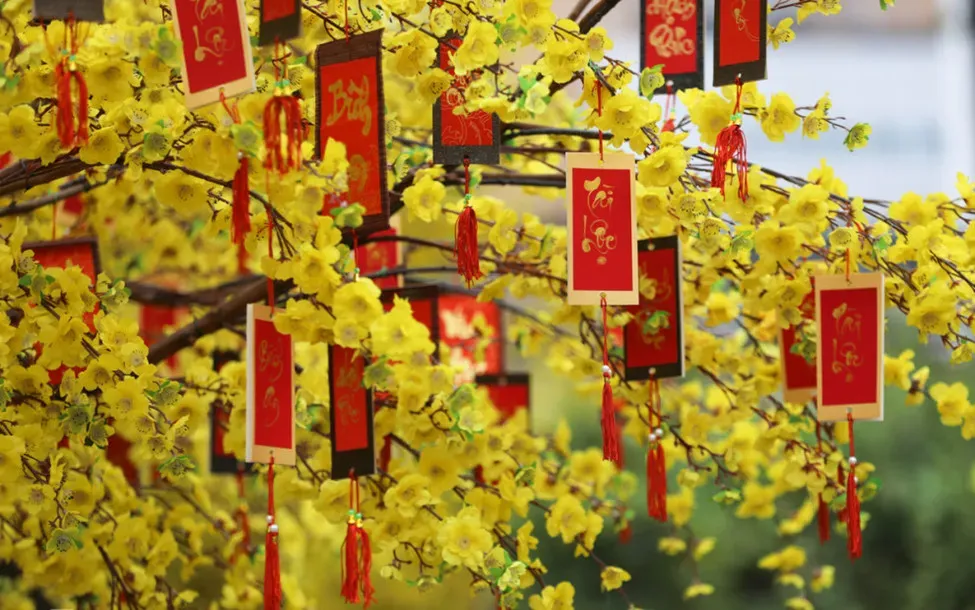
Ancestral Worship: Honoring the Past
Ancestral worship is a cornerstone of Tet preparations, with families visiting and cleaning their ancestors’ tombs and offering food to honor them. This practice, deeply embedded in Vietnamese spirituality, ensures that departed loved ones are included in the festivities and can bestow blessings on the living.
Before Tet, relatives travel to graveyards—often in rural hometowns—to tidy tombs, burn incense, and present offerings like fruits, rice wine, and paper money. This act of remembrance strengthens family ties across generations and aligns with Confucian values of filial piety. At home, the family altar becomes a focal point, adorned with photos, fresh flowers, and symbolic items.
In modern times, while urban migration has changed some logistics, the essence remains: ancestral worship reminds Vietnamese people of their roots, fostering a sense of identity and protection from ancestral spirits throughout the new year.
Traditional Food Preparation: Crafting Symbolic Delicacies
Families prepare special dishes like banh chung (square sticky rice cake) and banh tet (cylindrical sticky rice cake), made with sticky rice, beans, and pork. These labor-intensive foods are more than meals; they’re emblems of Vietnamese heritage and family collaboration.
Banh chung, popular in the North, is wrapped in banana leaves and boiled for hours, its square shape symbolizing the Earth. Banh tet, favored in the South, is cylindrical, representing the sky. Both involve glutinous rice, mung beans, and fatty pork, seasoned simply to highlight natural flavors. Making them is a multi-day affair, with elders teaching younger generations the art of wrapping and tying.
Other preparations include pickling vegetables like dưa hành (onions) and making mứt (candied fruits) for snacking. These foods are prepared in large quantities to last through the holiday, ensuring abundance. The process brings families together in the kitchen, sharing stories and laughter, and reinforces the idea that Tet is about sustenance for both body and soul.
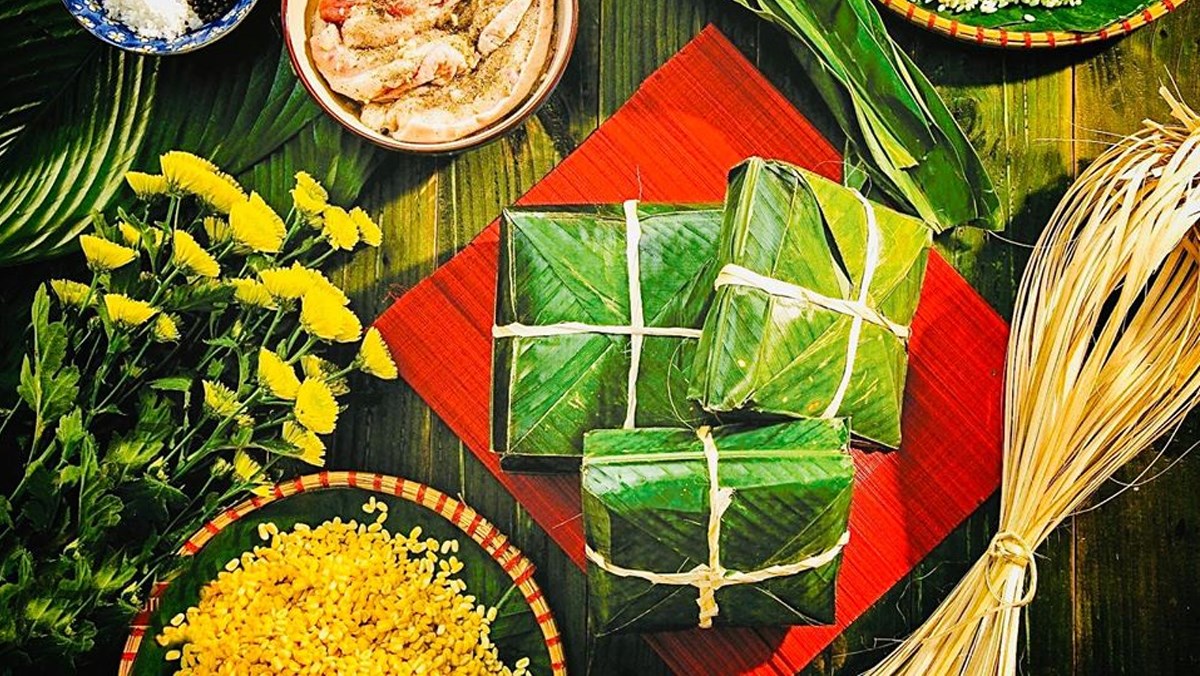
During the New Year: Joyous Celebrations and Rituals
Once the clock strikes midnight on New Year’s Eve, Tet enters its most exhilarating phase. The days that follow are filled with sacred moments, social visits, and public merriment, all aimed at securing prosperity for the year ahead. How Vietnam celebrates Tet reflects a deep connection to family, tradition, and renewal—each activity carrying symbolic meaning for happiness and fortune in the coming year.
New Year’s Eve: A Sacred Family Gathering
New Year’s Eve is the most sacred moment, spent gathered with family to welcome the new year and give thanks for the past year. Known as Giao Thừa, this transition is marked by a reunion dinner where generations come together around a table laden with prepared dishes.
As fireworks light up the sky (in permitted areas), families offer prayers at the altar, inviting ancestors home. The air fills with the scent of incense and the sounds of chants, creating an atmosphere of reverence. This evening emphasizes reflection—acknowledging hardships overcome and expressing gratitude—while toasting to future success with rice wine or tea. It’s a poignant blend of solemnity and excitement, setting a positive tone for the holiday.
First Footing (Xông Đất): Inviting Good Luck
The first person to enter a house on New Year’s Day is significant; families often invite someone considered to be lucky or successful to be their first visitor to ensure a good year. This custom, called Xông Đất, is steeped in superstition and careful planning.
The “first footer” is chosen based on zodiac compatibility, age, or personal fortune—perhaps a prosperous relative or friend. They bring small gifts like fruits or sweets and exchange greetings. This ritual influences the household’s luck, so timing and selection are crucial. It highlights Vietnam’s blend of fate and intentionality in welcoming the new year.
Lucky Money (Lì Xì): Blessings in Red Envelopes
Children and elders receive lucky money, given in red envelopes as a symbol of good luck. Lì xì is one of Tet’s most cherished traditions, bringing joy to recipients and givers alike.
Elders stuff crisp new bills into vibrant red packets, often decorated with gold motifs or zodiac animals. The amounts are even numbers for auspiciousness, and the act wishes health, success, and prosperity. Children line up politely to receive them, saying “Chúc mừng năm mới” (Happy New Year). This custom teaches gratitude and generosity, extending to unmarried adults and sometimes colleagues.

Visiting Friends and Family: Strengthening Bonds
People visit friends, family, and teachers to exchange greetings and blessings. These house calls, or Chúc Tết, span the first few days and reinforce social connections.
Dressed in new clothes or traditional ao dai, visitors bring gifts like tea, fruits, or sweets. Hosts offer mứt and tea, sharing stories and well-wishes. The second day often focuses on extended family, the third on teachers—reflecting respect for education. In a fast-paced world, these visits preserve community ties and cultural continuity.
Public Celebrations: Streets Alive with Festivity
Cities come alive with public celebrations including lion and dragon dances, fireworks, and street performances. These communal events turn urban centers into spectacles of color and sound.
Lion and dragon dances, performed by troupes in elaborate costumes, ward off evil and attract prosperity, accompanied by rhythmic drums. Fireworks, though regulated, dazzle on New Year’s Eve, symbolizing the expulsion of bad spirits. Street fairs feature games, food stalls, and cultural shows, drawing crowds. In places like Hanoi’s Old Quarter or Saigon’s Nguyen Hue Street, the energy is infectious, blending tradition with modern entertainment.
Temples and Pagodas: Seeking Spiritual Blessings
Many people visit temples and pagodas to make offerings, pray for blessings, and witness cultural performances. This spiritual aspect provides solace amid the revelry.
Crowds flock to sites like Hanoi’s Tran Quoc Pagoda or Ho Chi Minh City’s Thien Hau Temple, burning incense and drawing fortune lots. Offerings include fruits and flowers, with prayers for health and success. Cultural dances and music enhance the experience, making it a holistic way to start the year.
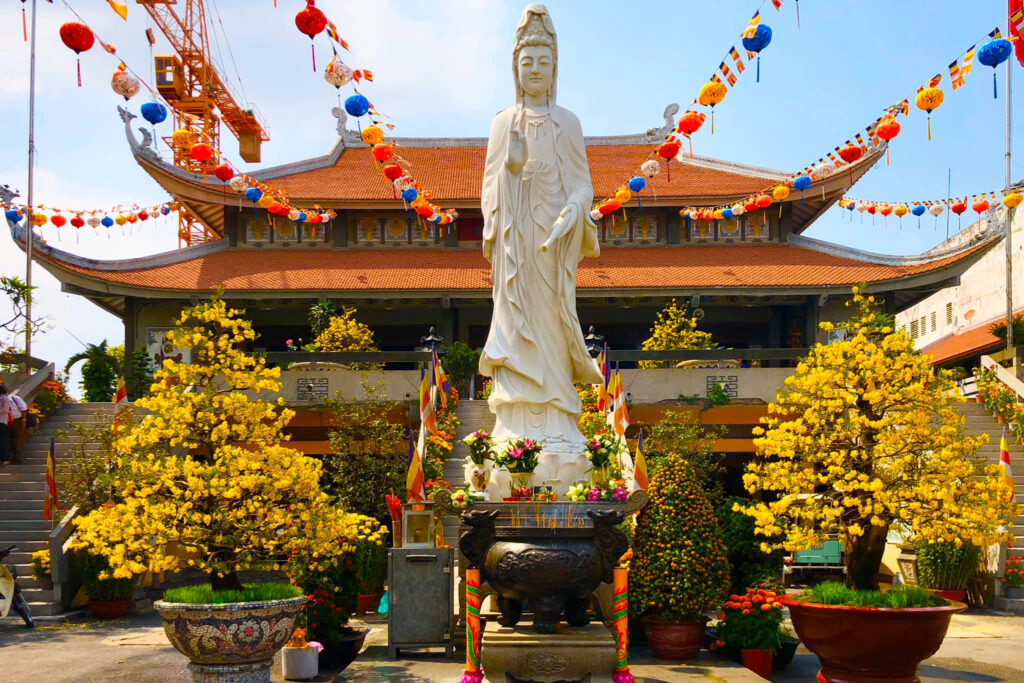
lịch sử chùa vĩnh nghiêm
Experiencing Tet as a Visitor with SJourney Luxury Train
If you’re eager to discover how Vietnam celebrates Tet as a tourist, elevate your journey with Sjourney, Vietnam’s premier luxury train at Sjourney. This indulgent rail service turns Tet’s vibrant chaos into a seamless adventure, connecting North to South amid stunning scenery.
Is Tet a good time to visit? Yes, for authentic immersion in flower markets, dances, and rituals. But brace for crowds, transport jams, closures, and price hikes as locals reunite. SJourney sidesteps this with exclusive journeys like the 8-day Southbound Legacy (Hanoi to Ho Chi Minh City) or Northern Heritage route.
Book early—months ahead—via SJourney for winter offers (November 2025–April 2026). Enjoy Indochine-style cabins with en-suites, mini-bars, and panoramic views; onboard dining ensures meals despite closures. Focus on fewer stops, pack cash, and relax en route.
Immerse by exploring pre-Tet markets, learning “Chúc mừng năm mới,” and respecting customs like modest dress at temples. Skip major plans for Tet’s first three days; let the train’s rhythm guide you.
Highlights: Fireworks on Nguyen Hue Street, Hanoi temples, rural festivals, banh chung tastings, and guided excursions. SJourney blends Tet traditions with luxury—book by Contact us for an unforgettable escape.

>>> Discover more about Vietnam Lunar New Year Travel by Train: A Luxury Family Journey with SJourney
FAQs about How Vietnam Celebrates Tet
1. What should you not do during Tet?
Avoid entering someone’s home on the first day of Lunar New Year without being invited, as this may affect their luck for the year. Do not wear black or white, as these colors are associated with funerals. Avoid discussing negative topics or asking for money. It’s also best not to eat duck, squid, or shrimp during Tet, as they are believed to bring bad luck.
2. What color should you wear for Tet?
Red is the most popular color for Tet, symbolizing happiness, luck, and good fortune. Yellow and gold are also highly favored, representing wealth and prosperity. Outfits with floral patterns are common, symbolizing renewal, vitality, and growth for the new year.
3. Is anything open during Tet in Vietnam?
During Tet, most small shops and local markets close as families celebrate together. However, large restaurants, cafés, and bars in major cities usually remain open, though prices may increase slightly.
4. Is it bad to wear black on Tet?
Yes. Black and white are traditionally linked to mourning and funerals in Vietnamese culture. Wearing these colors during Tet is considered inauspicious and may symbolize bad luck for the coming year.
5. How long does a Tet celebration typically last?
Tet celebrations usually last about three days, but festivities can continue for up to a week. The celebration includes the days leading up to Lunar New Year’s Eve, New Year’s Eve itself, and the first few days of the new year.
6. What is a good luck gift for Vietnamese people?
Popular Tet gifts include items with feng shui meanings such as statues or images of dragons, phoenixes, turtles, or the God of Wealth. These symbolize fortune and happiness. Gifts in red or gold packaging are especially auspicious.
7. What do you say to someone celebrating Tet?
The most common greeting is “Chúc mừng năm mới!” (Happy New Year!). You can also say “Sức khỏe dồi dào” (Wishing you good health) or “An khang thịnh vượng” (Wishing you peace and prosperity).
8. What is the best time to visit during Tet?
The best time to visit Vietnam for Tet is one to two weeks before the holiday to witness preparations, during the first few days to experience cultural traditions, or shortly after Tet when local activities resume.
Conclusion
This Lunar New Year, make your family holiday truly special with Sjourney’s luxury train experience. As you discover how Vietnam celebrates Tet—through vibrant traditions, warm family moments, and cultural heritage—let the gentle rhythm of the rails carry you across Vietnam’s stunning landscapes in comfort and togetherness.
Begin your unforgettable Vietnam Lunar New Year travel by train today by contacting us via Mobile/WhatsApp/Zalo: +84-975-119-466 or Email: inquiry@vietnamluxuryexpress.com.
————–
SJourney
Hotline (Phone/whatsapp): +84-975-119-466
Email: inquiry@vietnamluxuryexpress.com
Head office: No. 15/52 Giang Van Minh, Ba Dinh, Hanoi
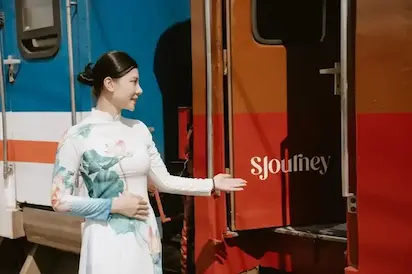
The Travel Story Team is the editorial group behind Vietnam Luxury Express – passionate storytellers and travel enthusiasts dedicated to sharing the art of luxury train journeys across Vietnam.
